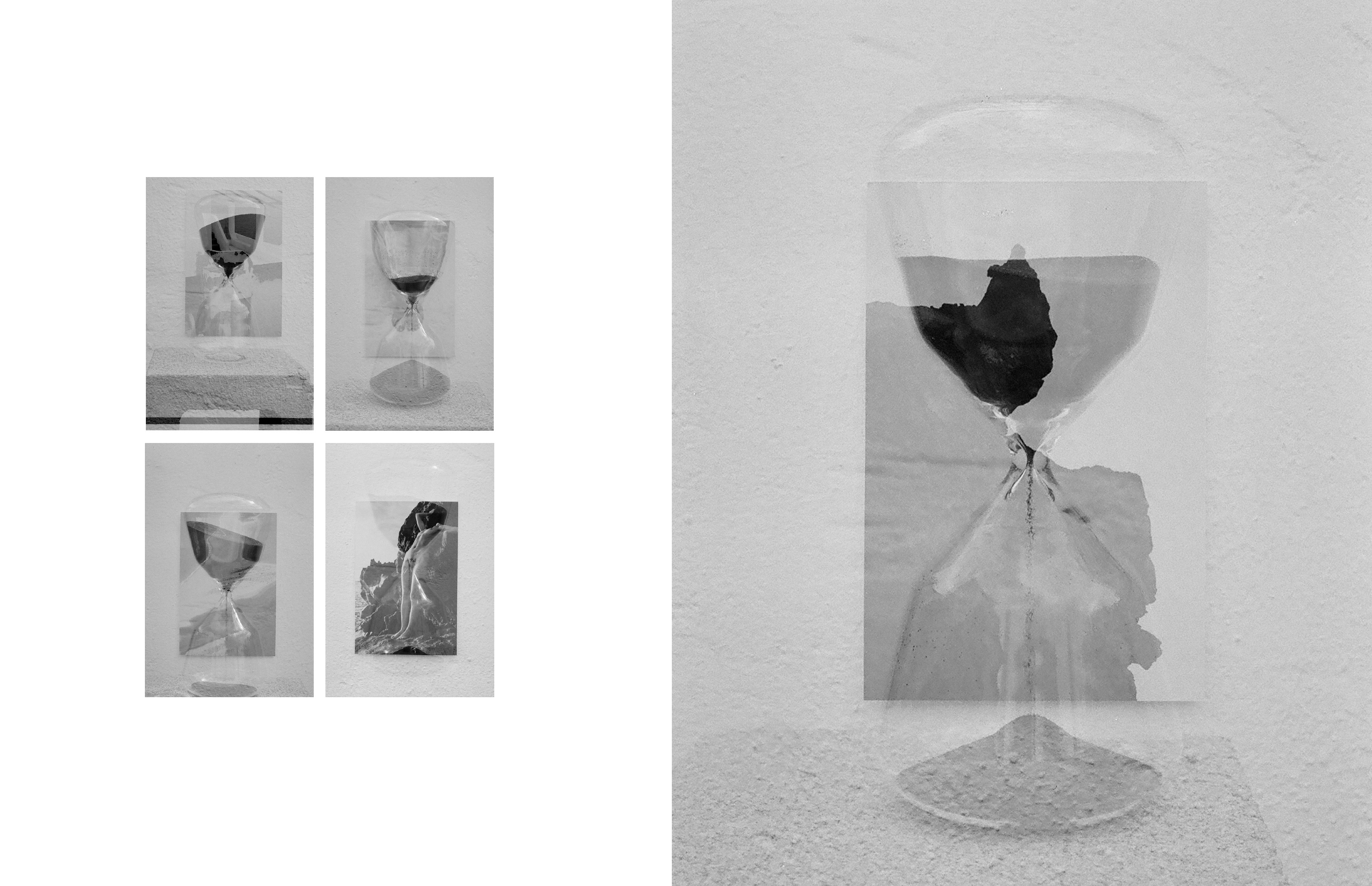Lifespan Of A Memory
(2016)


Featured in JANE magazine issue six (2018)
What’s the lifespan of a memory?
What determines the shelf life of a memory?
As a teen I used to be terrified of forgetting, as if memories were a form of currency that could buy
someone an identity or proof of a life well lived, or the perminance of what must inherently pass.
But can you live off a memory? Can you eat memories? How are they digested? What do
they give way to when they evetually pass? Who dies when they die? Is your actual time of death the
moment you’re forgotten? Where do the memories go—into the earth with us or into the unknowable darkness?
After returning from a massively expanding trip to Sicily with artist Alma Tetto to film Rebirth I craved to absorb more of what emereged, I wanted to be with the images and drop them into my cells. A time-based ritual felt like the container that could most lean into the true/false nature of memory. Our measurment of time is after all a construction and yet its passage is unquestionable.
I thought that the hourglass I had acquired measured one hour. I wanted to make thirty frames of double exposed images so I planned for two minutes per frame. One plane of the image would be the documentation from Sicily, the second plane would show the hour glass in the moment of revisitation.
After about the fifth frame, I realised that while I had to focus on the details, I also needed to loosen my grip. What I really wanted, and what I really needed, was to be with those images. To be with those memories.
I started to pay closer attention to how I handled each printed photo I was staging. How I put them up on the
wall. How I saw them again through the lens and tried to replay them in my mind, the actual
moments. And then, to replay them again while looking at the sand grains falling through
the hourglass. It started to become a meditation.
The sand started slipping really quickly, and I realised that I wasn’t even halfway through the
stack of images. I started to go faster and then noticed that I could see myself in the
reflection of the hourglass, which was not what I wanted. I had to get a bed sheet. The same
white sheet that I’d been trying to wash for six days.
I was running out of time, which I didn’t quite understand; Was my perception of time completely breaking with reality? A couple of images later and the sand slipped completely through the glass. Time was
up. I thought, Maybe it’s not going to be the way I envisioned it. But it was just part of the
ritual, part of the process. I needed to keep going, so I flipped the hourglass and recommited to being present with the images and emotions.
From then on I kept going at an intuitive rate, and payed no mind to my previous two minute marker. As I
started to feel the sun come out and I saw the light refracting freshly, the shadows became more
dynamic on the hourglass. I decided to just wait. To sit and wait and watch and listen. I
started to notice the folds in the fabric of the white bed sheet in the reflection of the
hourglass and saw how each dimenstion began to collapse into one soup of existance.
I got to the end of the pile of photographs, looking at how many frames I had left, and it had
worked out perfectly. I’d made two mistakes that I’d had to redo. I noticed it right after they
happened, which is not historically the way things go. I realised that I really wanted to
document the change in the environment with the last two frames, to pull back on what the
ritual actually looked from outside of the process, so, I took one long horizontal shot, and I got up on a chair to take one vertical shot, and as I snapped the shutter, the alarm on my phone went off. I’d set it for on hour. So all along, I’d thought this hourglass ran for one hour, but really it was half an hour,
and I took my last frame at exactly one hour, which is what I had intended.
The time when the alarm went off, it was 11:02 a.m. One, one, zero, two, a kind of imperfect mirror image, not an exactly identical reflection but a balances one nonetheless.